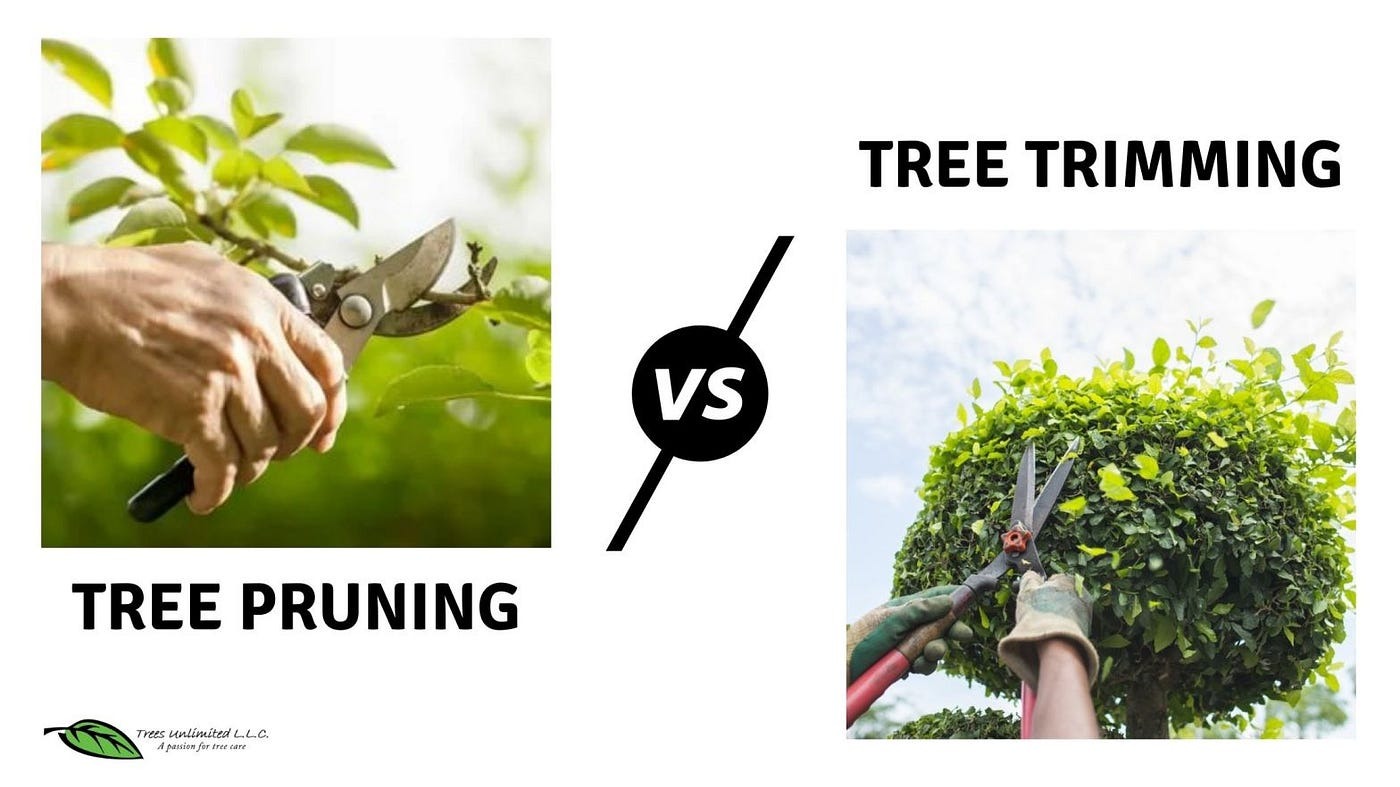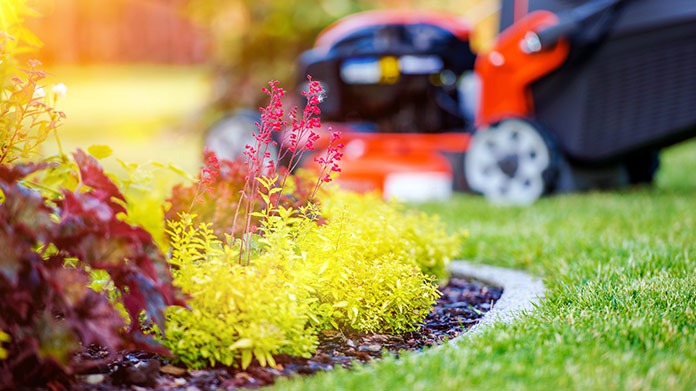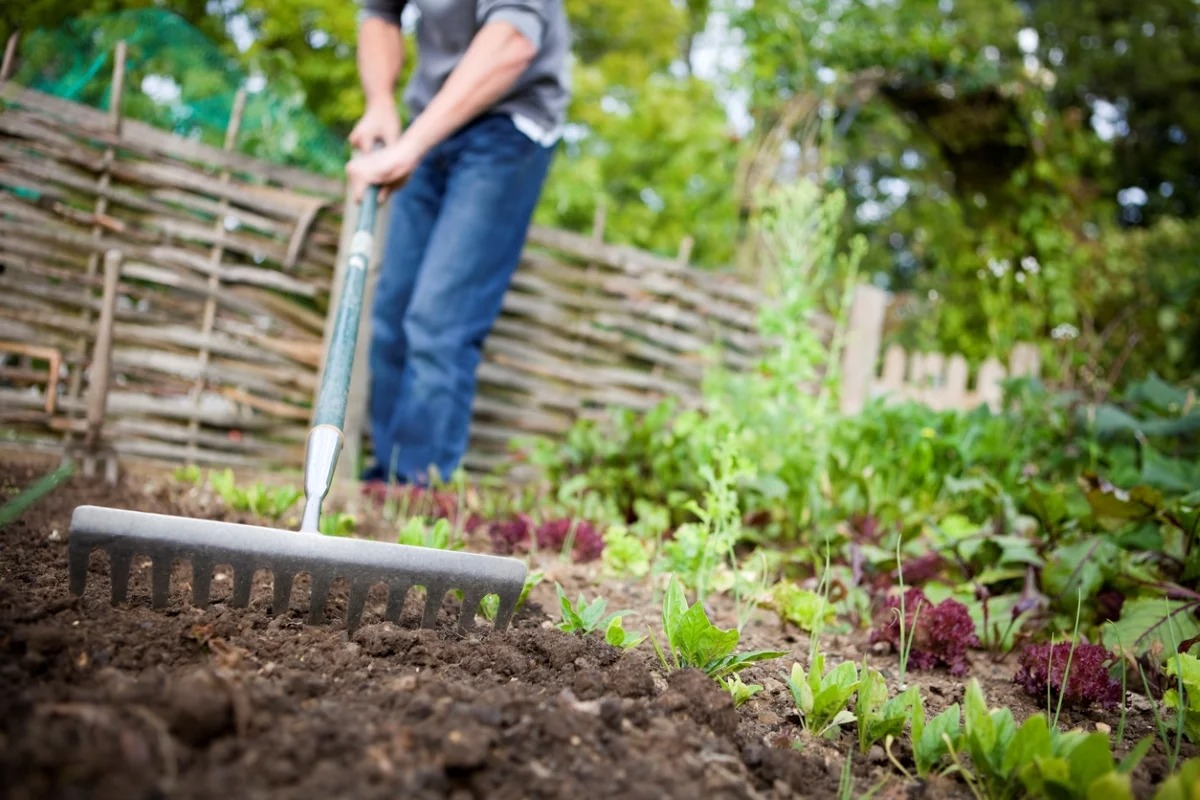Pruning vs. Trimming: Which Method is Right for Your Tree’s Needs?

Maintaining the health and aesthetics of trees involves thoughtful care, often requiring the use of techniques like trimming and pruning. While these terms are sometimes used interchangeably, understanding their nuances can significantly impact the overall health and appearance of your trees.
Defining Trimming and Pruning
Trimming primarily involves the removal of overgrown branches or foliage to maintain a tree's shape and appearance. This process is akin to giving a tree a haircut, focusing on aesthetics and controlling growth. Trimming is ideal for ornamental trees and hedges, enhancing their visual appeal without altering their natural form excessively.
Pruning, on the other hand, is a more strategic approach. It involves the selective removal of branches or parts of a tree to promote health, improve structure, and stimulate growth. Pruning targets diseased, damaged, or dead branches, encourages proper limb development, and bolsters the tree's overall well-being.
When to Trim?
Trimming should ideally be conducted regularly, focusing on removing excessive growth to maintain a desired shape. For ornamental trees or hedges, periodic trimming helps preserve their visual appeal, preventing them from becoming unruly or obstructing pathways.
When to Prune?
Pruning is typically performed with the tree's long-term health in mind. It's advisable to prune during the dormant season (late winter or early spring) to minimize stress on the tree and maximize its recovery. However, dead or hazardous branches should be pruned immediately, regardless of the season, to prevent potential accidents.
Choosing the Right Method for Your Tree
Trimming suits those seeking to enhance the appearance of their landscape, ensuring trees fit into a specific aesthetic while maintaining their natural form.
Pruning is more suitable for those prioritizing the tree's health and longevity. It addresses structural issues, encourages growth in desired directions, and eliminates potential hazards.
Conclusion
Understanding the differences between trimming and pruning is crucial for effective tree care. While both methods contribute to tree maintenance, their purposes and outcomes vary significantly. Regular trimming maintains aesthetics, while strategic pruning fosters a tree's overall health and longevity.
Tailoring your approach to your tree's specific needs, whether it's enhancing its visual appeal or ensuring its long-term vitality, will help you make informed decisions regarding its care.




